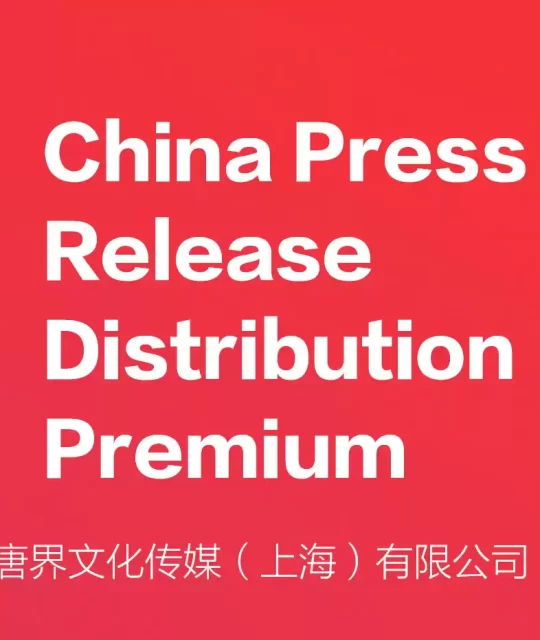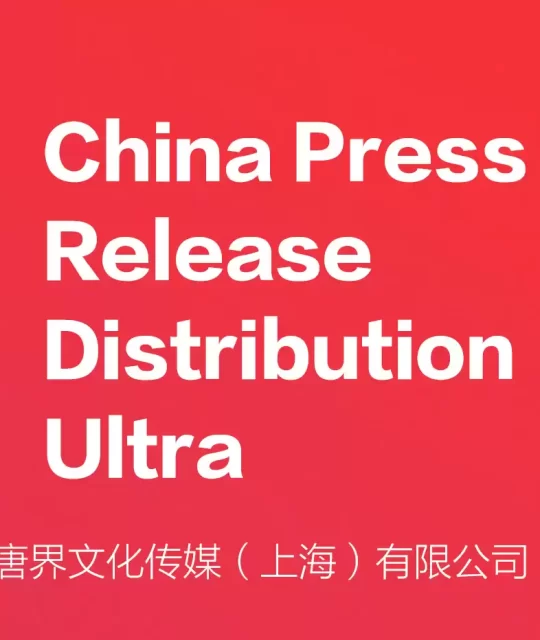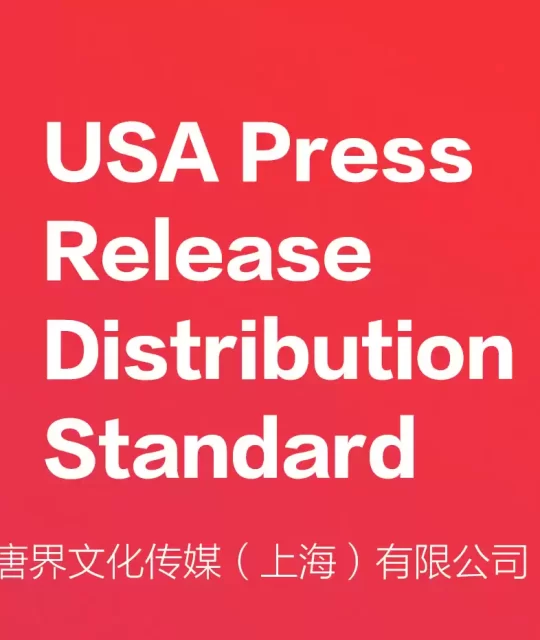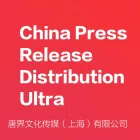How Foreign Businesses Should Strategize Their Entry
When international companies talk about “entering China,” they often view it as a single monolithic market. That assumption is both misleading and risky. In reality, China is not one market — it’s at least five distinct markets, each with its own economic dynamics, consumer behavior, regulatory nuances, and media ecosystem.
If you’re treating China as one homogeneous region, you’re already behind.
At China Business Agency, we work closely with global B2B companies to fine-tune their China strategy. The first step? Understanding the fragmented, multi-speed nature of the Chinese market.
The Five Chinas: A Strategic Breakdown
1. The Tier 1 Megacities (Beijing, Shanghai, Shenzhen, Guangzhou)
These cities are China’s economic and innovation powerhouses. They are saturated, fast-paced, and competitive. Consumers and business partners here are globalized, tech-savvy, and brand-conscious. But they are also highly selective.
What works here: Advanced digital campaigns, premium branding, executive thought leadership, and innovation-driven value propositions.
2. The Rising Tier 2 Cities (Chengdu, Hangzhou, Wuhan, Nanjing, etc.)
These cities have strong economic momentum and a growing middle class. They are often less saturated, but still sophisticated.
What works here: Smart localization, performance-driven digital ads, regional KOL partnerships, and city-specific PR activations.
3. Industrial Clusters and Manufacturing Hubs (Dongguan, Suzhou, Ningbo, etc.)
This is the beating heart of B2B manufacturing and logistics. Foreign companies targeting supply chain partners or industrial buyers need to understand local procurement norms, technical certifications, and relationship-based decision-making.
What works here: Targeted B2B events, Chinese-language whitepapers, technical sales support, and trade media.
4. Cross-Border and Pilot Zones (Hainan, Qianhai, FTZs)
These zones are China’s experimental grounds for liberalized policies — from e-commerce to finance and digital trade. The rules are evolving, and so are the opportunities.
What works here: Policy consulting, agile go-to-market models, and pilot partnerships with local entities.
5. The Digital-First Ecosystem (not a place, but a layer)
Regardless of geography, a massive part of the Chinese market operates on platforms like WeChat, Douyin, Xiaohongshu, Baidu, and Bilibili. Ignoring this layer is like marketing in Europe without the internet.
What works here: Integrated digital PR, native video content, influencer co-creation, and performance monitoring via Chinese analytics platforms.
How to Rethink Your China Strategy
Foreign businesses — especially in the B2B space — must shift from a national strategy to a regional + digital hybrid strategy. This means:
- Segmenting your market entry: Choose cities and zones based on your buyer persona and industry vertical.
- Localizing your brand identity: Beyond translation, build cultural relevance in design, tone, and values.
- Building layered presence: Combine physical events, trade shows, and in-market teams with digital PR and content engines.
- Engaging with stakeholders early: Media, KOLs, government, and industry associations can accelerate your positioning.
Final Thoughts
There is no such thing as “the Chinese market.” There are many Chinese markets — and each requires a different approach. Whether you’re selling medical technology in Shanghai, launching a sustainable product in Hangzhou, or exporting components to factories in Suzhou, your strategy must reflect China’s complexity.
At China Business Agency, we help you navigate the maze — from strategy to execution, city by city, channel by channel.






